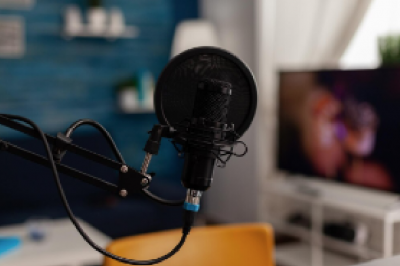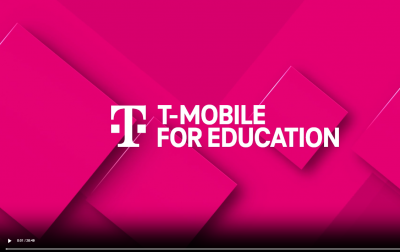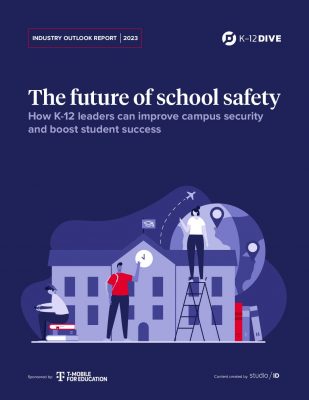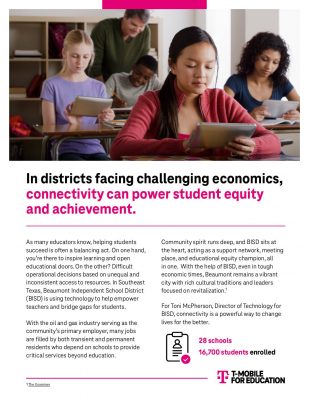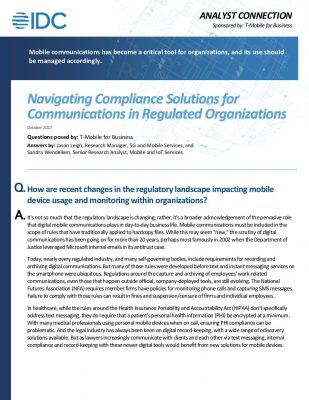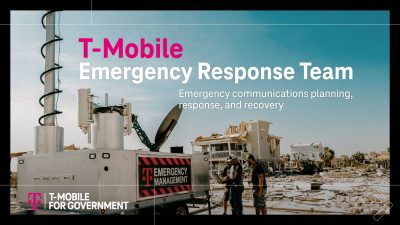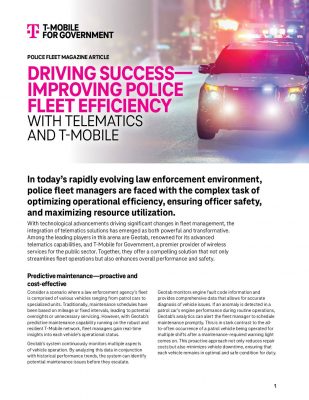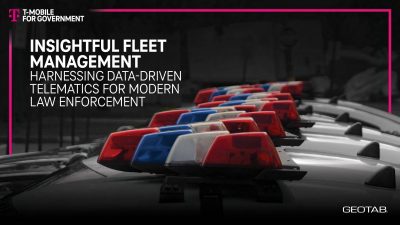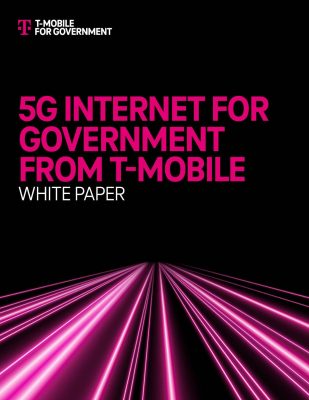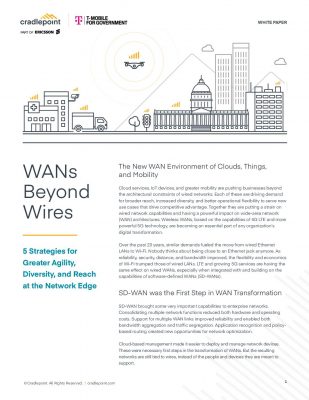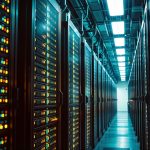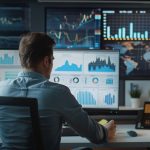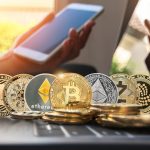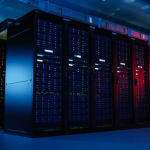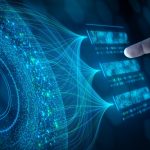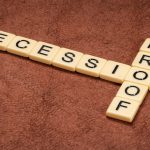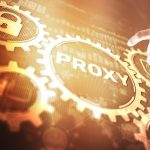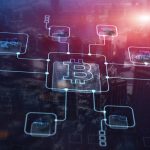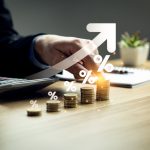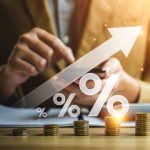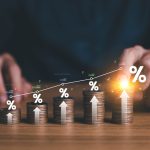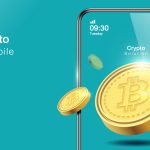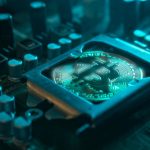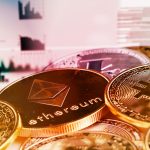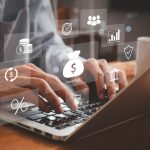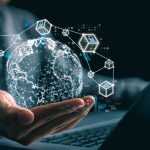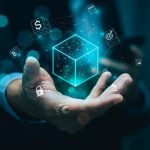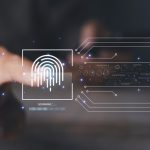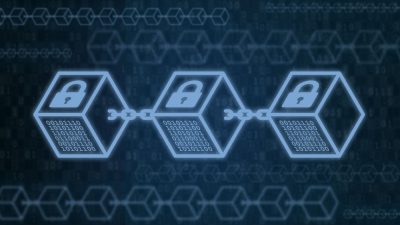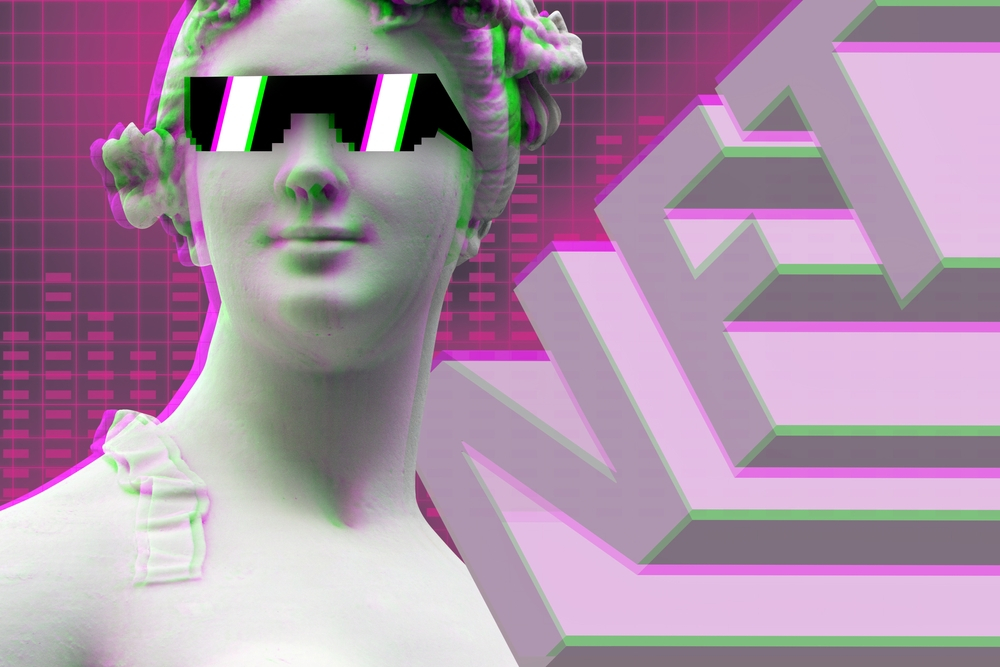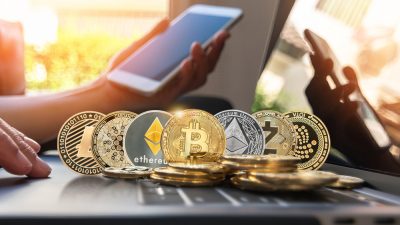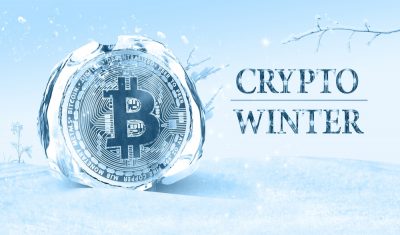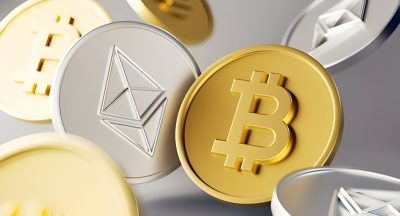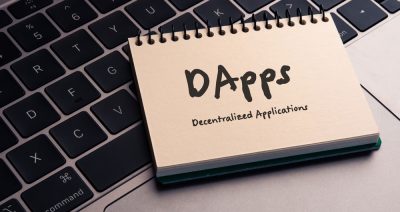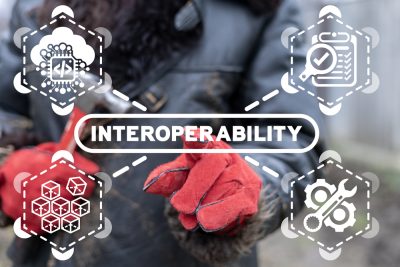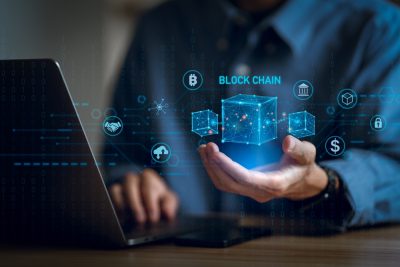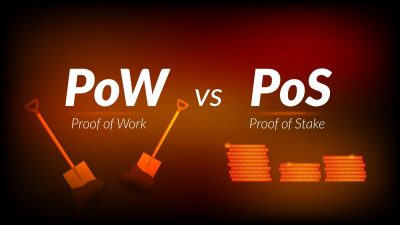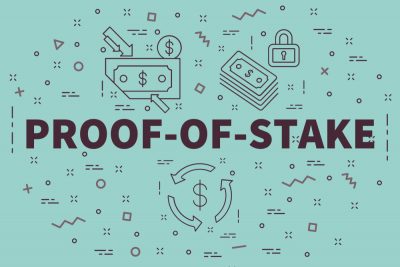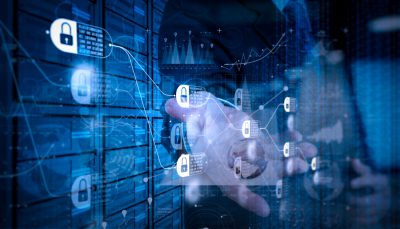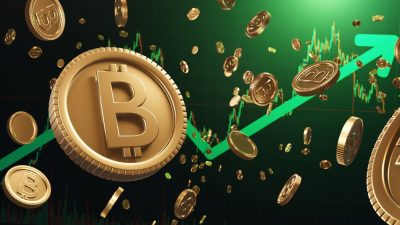Highlights:
- Once you have a clear purpose for creating your NFT digital art and understand the fundamentals, you can use tools like Bueno Generator to create your collection.
- Artists can now explore new forms of expression using video, 3D models, and even virtual reality (VR) experiences in the metaverse.
In a world where technology ignites innovation in every field, the realm of art has emerged as a vibrant frontier that refuses to be left behind. NFT digital art has become a pioneering phenomenon in the ever-changing landscape of art and technology, capturing the world with its transformative potential and redefining the future of artistic expression.
Envision the ability to possess a unique digital masterpiece, verified through online blockchain technology and impossible to duplicate.
This represents the future of art collection and is unfolding before our very eyes. However, what exactly are NFTs, and how does it revolutionize the landscape for artists, collectors, and investors alike? Continue reading to unveil the answers.
What is NFT Art?
Imagine owning a digital artwork that is one-of-a-kind and authenticated through blockchain technology. This is precisely what NFT art is all about. Digital art exists solely in digital form and can be bought, sold, and traded in virtual spaces called metaverses.
Do you know how physical art has an original version that holds a special value? Well, the same goes for digital asset management.
While it may seem easy to copy digital art with downloads and screenshots, only the original artwork has the unique value collectors and investors seek.
Now, let’s dive into the fascinating world of NFT art assets and uncover the opportunities it holds in the future.
Revolutionizing the Art World: The Market for NFT Art
For the first time, digital artworks have gained rarity and obtained a certificate of authenticity, allowing them to be sold as original pieces.
This groundbreaking system revolutionized the NFT art marketplace on three levels. Firstly, digital artists now have the means to be rewarded for their creative efforts.
Secondly, the art world has become more democratic, allowing a broader audience to participate in art purchases. Lastly, the global market has given art collectors and resellers a new exploration avenue.
The art NFT market, once considered with limited legitimacy, has now experienced exponential growth and success.
Understanding How to Create NFT Art
Let’s address three common questions about creating an NFT collection. Firstly, consider why you want to create NFT art. Your audience may be interested in seeing your work differently, but there may be more of a reason.
Secondly, creating NFT art is different from creating digital artwork. NFTs come in various categories and styles and are stored in the blockchain.
Thirdly, understanding the impact of blockchain technology is important. While you don’t need to be an expert, knowing the basics can benefit you.
Once you have a clear purpose for creating your NFT digital art and understand the fundamentals, you can use tools like Bueno Generator to build your collection.
With such tools, you can upload your artwork and manage settings like rarity and rules without writing any code.
Inviting others to collaborate, too, is a seamless process.
Plus, you can mint your tokens on the Ethereum network without worrying about complex crypto terms or deploying smart contracts with blockchain. You can even test your mint flow to ensure everything runs smoothly.
Considering that you have made an NFT, a question would still pop up in your head, “where can I sell my digital art NFT?”
Where To Sell Or Buy NFT Art?
Ah, this is truly an insightful inquiry!
Regarding NFT platforms, various options are available for buying or selling NFT art. Here is a quick list of some top NFT marketplaces to give you a general idea of the options that you can consider buying or selling your NFTs:
- Nifty Gateway
- SuperRare
- OpenSea
- Rarible
- Coinbase
- LooksRare
What is the Future Of NFT Art?
The connection between art and technology is stronger in today’s digital age. Online platforms and communities have made it effortless for artists to showcase their work and connect with a global audience.
Technological advancements have expanded digital art beyond static images and text. Artists can now explore new forms of expression using video, 3D models, and even virtual reality (VR) experiences in the metaverse.
With the recent popularity of NFTs, it’s clear that art and technology are evolving and inseparable. A rise in new and innovative digital art market experiences minted as NFTs is expected.
One aspect of NFT digital art that has generated excitement is NFT fractionalization. This allows small and medium-scale investors to participate in NFT auctions.
Fractional NFTs enable people to invest a smaller amount and gain fractional ownership of high-value assets that they wouldn’t be able to afford otherwise.
For emerging artists, fractionalization offers an opportunity to divide their NFT into multiple fractionalized NFTs (F-NFTs), which can be sold quickly to investors needing access to larger investments.
Although NFT, the future of art, is a new concept, experts predict that this movement is more than a passing trend. It is expected to benefit artists and collectors in the long run.
The democratization of art means more diversity and representation. With blockchain technology facilitating direct transactions, buyers can support their favorite artists directly, providing artists with greater creative freedom and independence from traditional business models.
The art world has already embraced the digital era, with several artists and purchasers building and collecting original digital artwork. NFT digital art is significant because it empowers artists and owners by giving them power and control.
These digital art pieces are indestructible, invisible, yet verifiable, and most importantly, they guarantee absolute ownership.
Will you mint your digital artwork as an NFT or invest in NFT crypto art?
Learn more by accessing a wider range of technology-related whitepapers.




